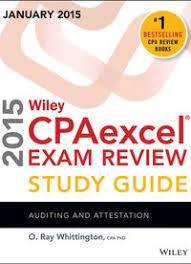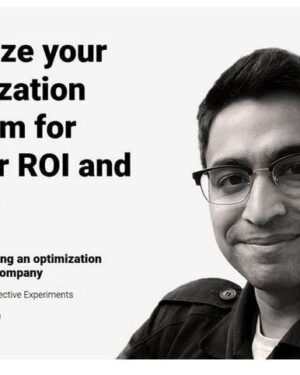Wiley – Certified Public Accountant (CPA) 2016 Auditing – Attestation
Original price was: $999.00.$49.00Current price is: $49.00.
This Course is available for download now. You can contact us for Screenshots or Demo. Access for this course will be sent on google drive. Join our telegram channel to see updates and occasional discounts. If you want to pay through Paypal or Card contact us – On Telegram Click Here or contact on Mail – [email protected]
Description
Wiley – Certified Public Accountant (CPA) 2016 Auditing – Attestation
Wiley – Certified Public Accountant (CPA) 2016 Auditing – Attestation
English | Size: 6.24 GB Category: Tutorial
Certified Public Accountant (CPA) is the title of qualified accountants in numerous countries in the English-speaking world. In the United States, the CPA is a license to provide accounting services directly to the public. It is awarded by each of the 50 states for practice in that state. Additionally, almost every state (49 out of 50) has passed mobility laws to allow CPAs from other states to practice in their state. State licensing requirements vary, but the minimum standard requirements include passing the Uniform Certified Public Accountant Examination, 150 semester units of college education, and one year of accounting related experience.
Audit-Financial Accounting will discuss, in detail, the auditing process of financial statements.
The course will start by discussing what an audit is, as well as what the terms attest engagement and assurances services mean.
We will discuss the audit environment, the general format of a public accounting firm, and the general format of an audit team that would conduct the procedures related to an audit. The course will also discuss regulations and regulatory institutions related to the audit process.
The course will cover the planning process for an audit engagement. The planning process is a very important component of the audit because it will outline the steps that will be taking. The highest levels of the public accounting firm are generally involved in the planning process.
We will consider how to assess risk related to the audit using an audit risk Model. Learners will learn the different formats
If we can rely on internal controls as an auditor, we may be able to do more testing of the controls and less substantive testing, and this can be more efficient.
The course will discuss the audit sampling methods. When applying testing procedures, auditors often need to test a sample of a population and then apply the results to the population as a whole.
Next, we will talk about substantive tests. Substantive tests include tests that most people think of when they think of an audit, like pulling files, counting inventory, and performing procedures at the company’s place of business. Substantive testing will include testing account balances and transactions.
We will then cover audit procedures related to specific processes, including the revenue process, the purchasing process, and the payroll and human resources process.




